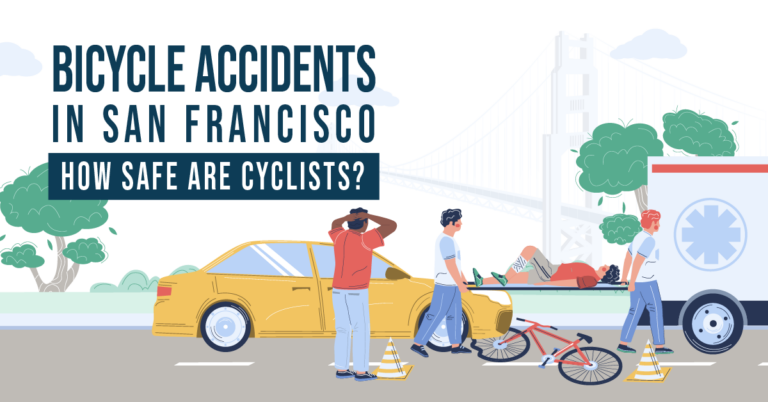A slip and fall accident has the potential to cause very serious injuries and damages. In fact, while most people who suffer a slip and fall will walk away from the incident unscathed, some may suffer a traumatic brain injury, spinal cord injury, bone fracture, soft tissue injury, or other catastrophic injury types. For these individuals, filing a personal injury claim against the at-fault party to recover compensation may be the only conceivable course of action.
When filing a personal injury claim it is important to remember that these claims must be brought forth within a specific amount of time. Indeed, failing to file a claim within a certain time period can result in a breach of the statute of limitations.
What is a Statute of Limitations?
A statute of limitations is a law that places a cap on the amount of time a party has to bring forth a civil action against another. Statutes of limitation vary state-by-state and are dependent upon the type of action being filed. In California, the statute of limitations for filing a slip and fall claim is two years from the date of the incident as found in the California Code of Civil Procedure Section 335.1.
Claims Against the Government
The two-year statute of limitations cited above only applies to claims against private parties, such as a private business or a residential homeowner. For claims against public entities, like the government, the statute of limitations is shortened. As found in California Government Code Section 911.2, a claim against a public entity or public employee must be brought forth within six months of the cause of action. This gives an injured individual very little time to act.
What Happens If I Breach the Statute of Limitations?
In the majority of cases, if an injured party fails to file their claim within the two-year statute of limitations (or six-month limit for government claims), they will forfeit their right to recover damages. However, there is a limited exception to this: discovery. The discovery of harm rule holds that the clock on the statute of limitations starts ticking at the time that the plaintiff knew or reasonably should have known of their injuries. As such, if you suffer a slip and fall in January but do not discover the extent of your injuries from that accident until April, you would have two years from April, not January, to file your claim.
How an Experienced Orange County Slip and Fall Lawyer Can Help
Without the counsel of an experienced personal injury attorney, understanding the statute of limitations, the discovery rule, and how to bring forth a successful slip and fall claim can be confusing. At the offices of RMD Law, our Orange County personal injury attorneys have experience and compassion. To schedule a free, no-obligation consultation, please call us today at (949) 326-5000, or tell us more about your case by sending us a message directly.
- Bicycle Accidents in San Francisco: How Safe Are Cyclists? - July 10, 2023
- 6 Ways Posting on Social Media Can Hurt Your Personal Injury Claim - July 5, 2023
- DUI Crashes in Sacramento: 6 Significant Numbers You Should Know - July 3, 2023


